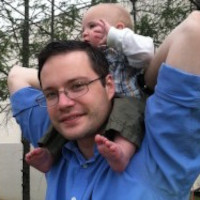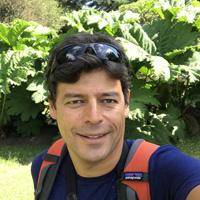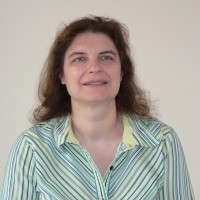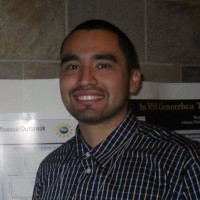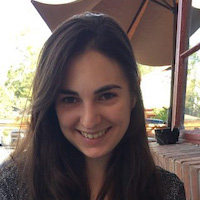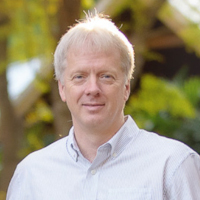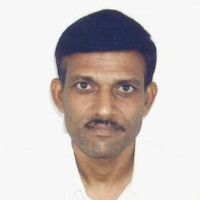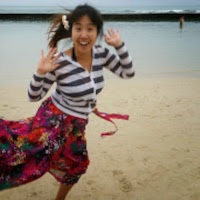Vincent Cannataro (UF Biology)
368 Little HallQuantifying the Burden of Somatic Evolution in the Context of Cancer and Aging Somatic tissue evolves over a vertebrate’s lifetime due to the accumulation of mutations in stem cell populations. Mutations may alter cellular fitness and contribute to tumorigenesis or aging. The distribution of mutational effects within somatic cells is not known. Given the unique …

